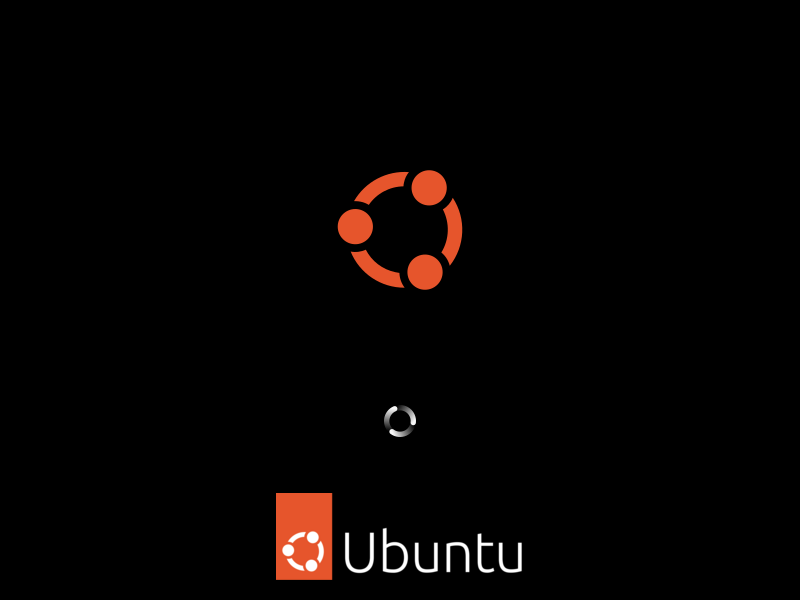- Posted on
- Featured Image
Explore the comprehensive guide to using the `find` command in Linux, perfect for any user level. This article teaches how to locate files and directories based on attributes such as name, size, or modification date. Learn basic commands, delve into advanced usage, and integrate `find` with other commands for powerful operations. Suitable for routine management, troubleshooting, or enhancing search performance, the guide also includes a setup section for `findutils` and further resources for deeper learning.
